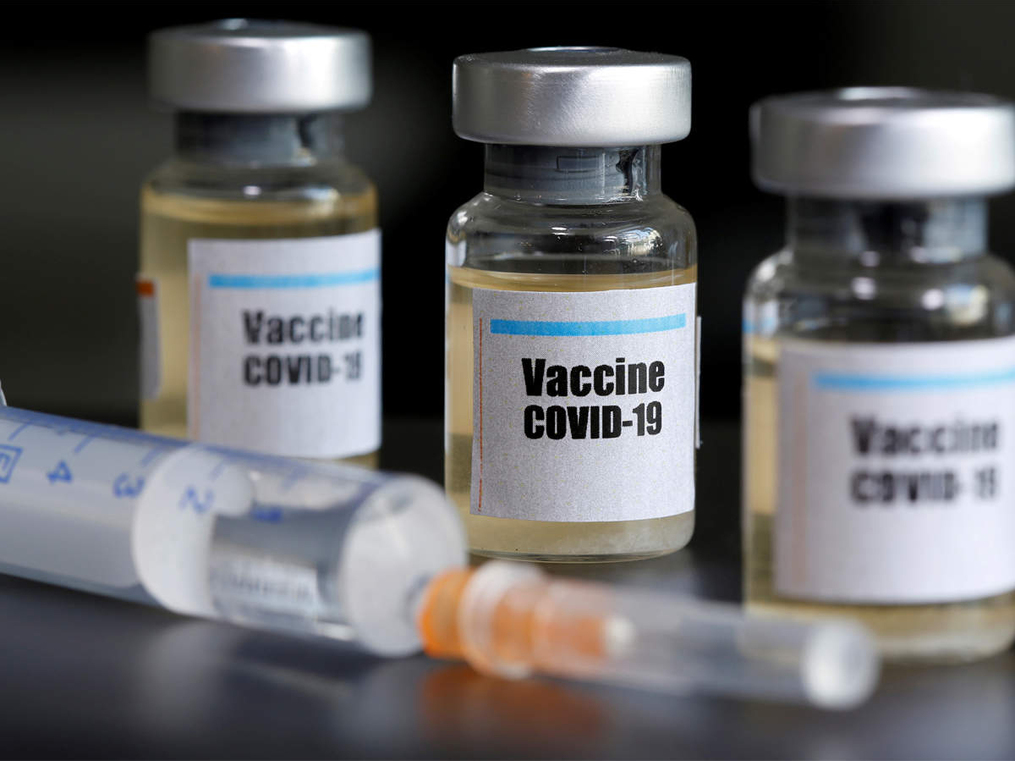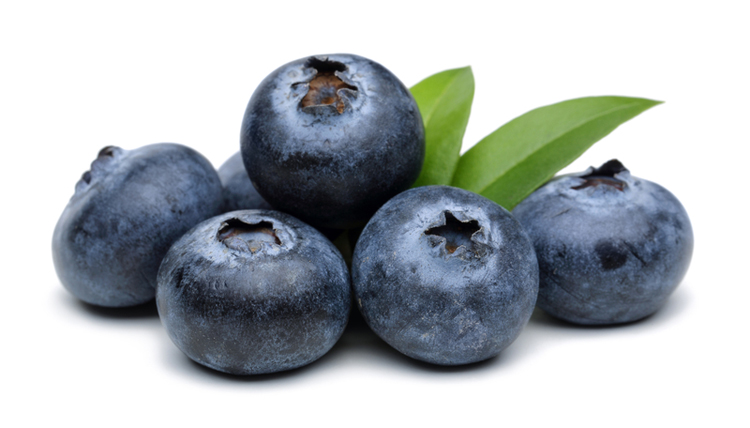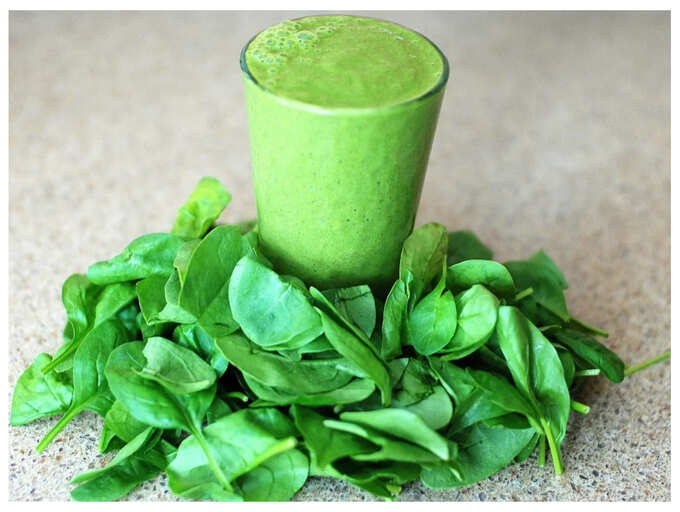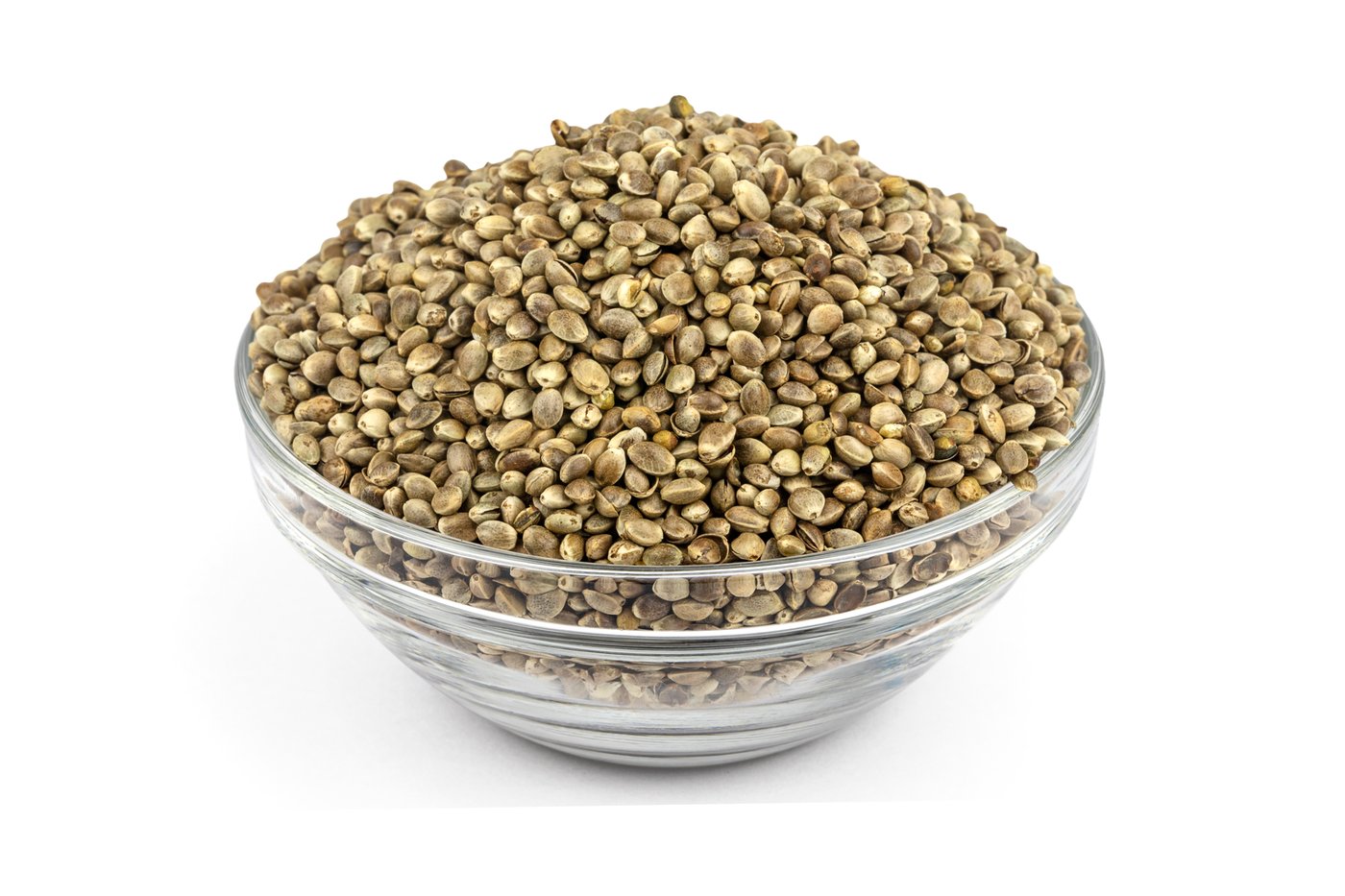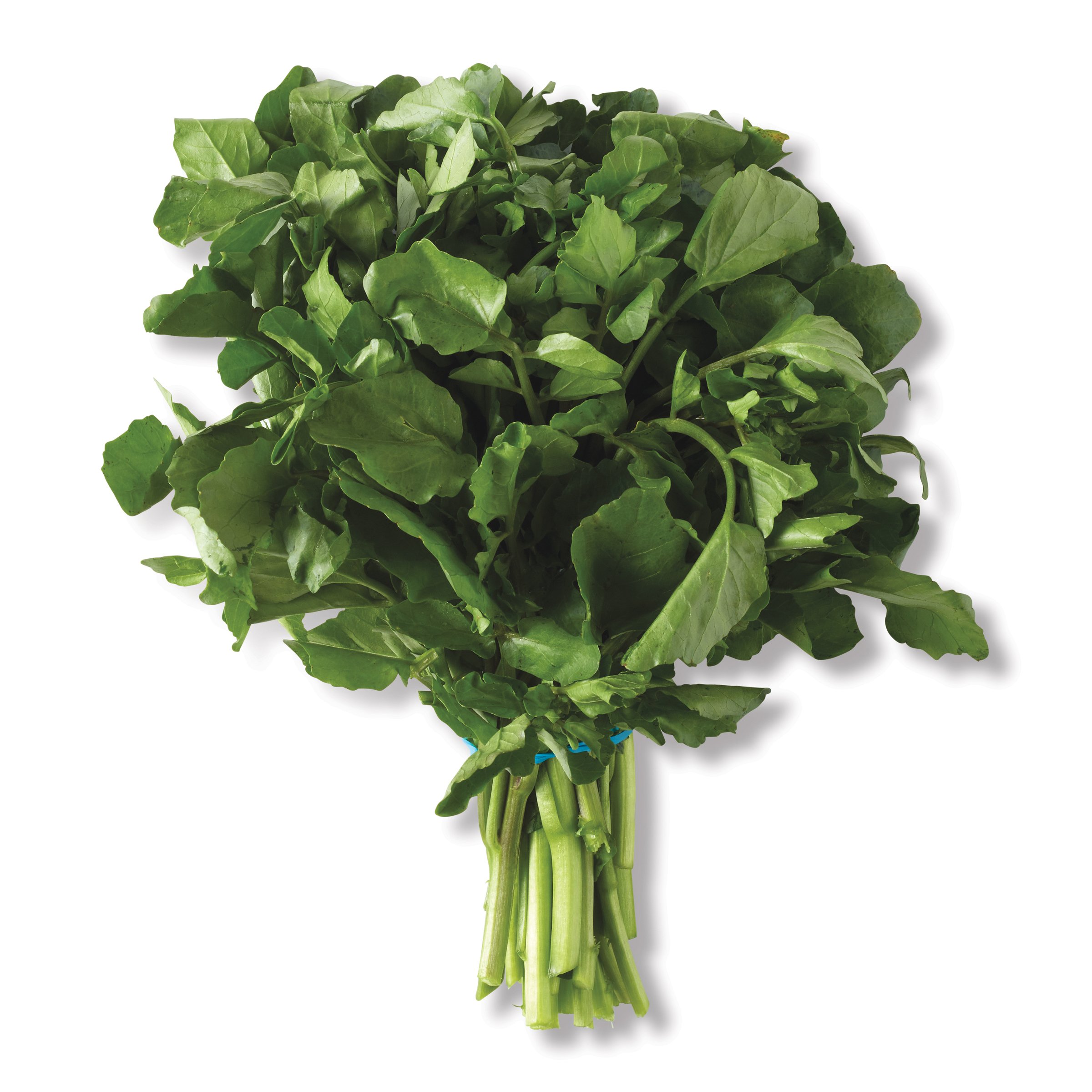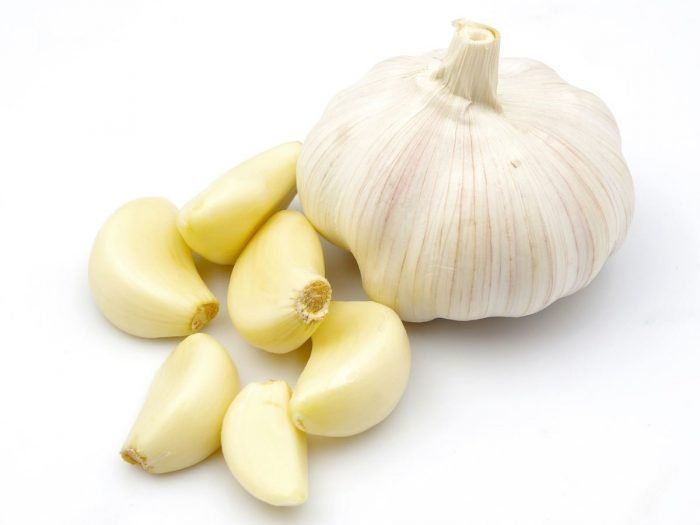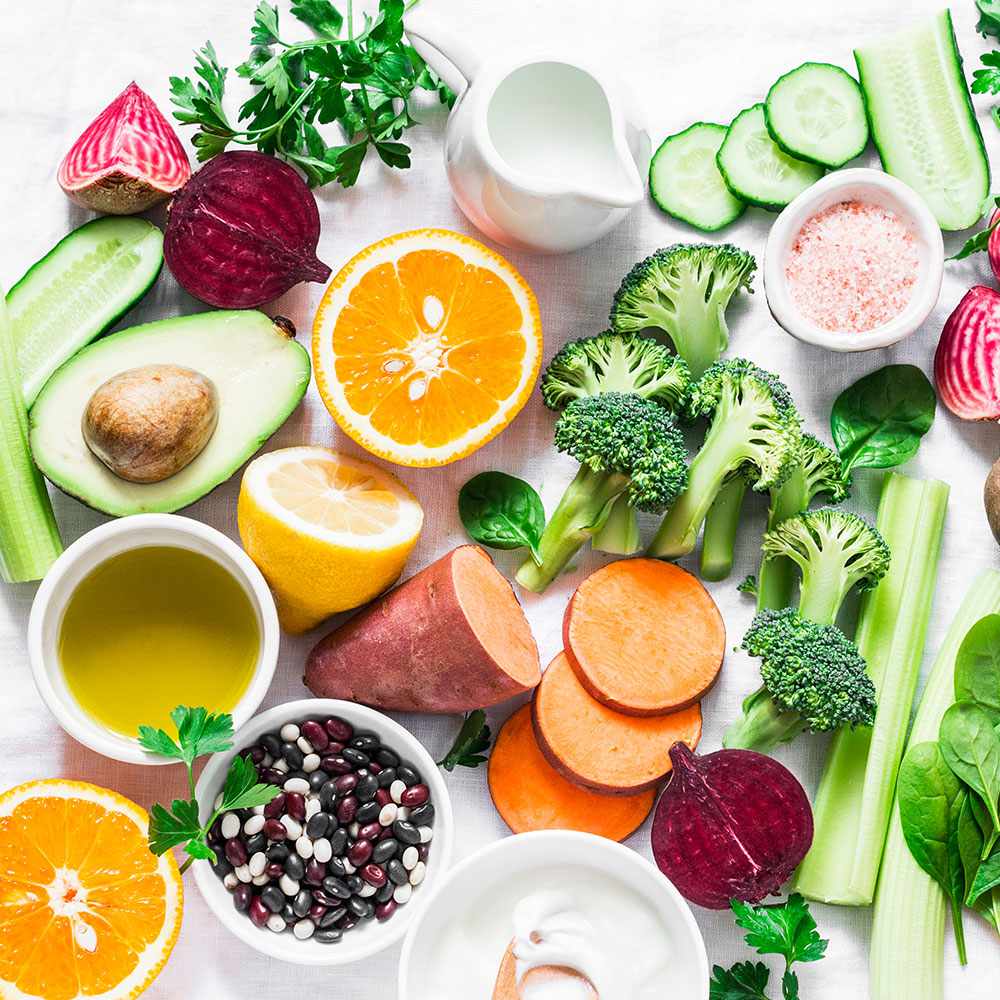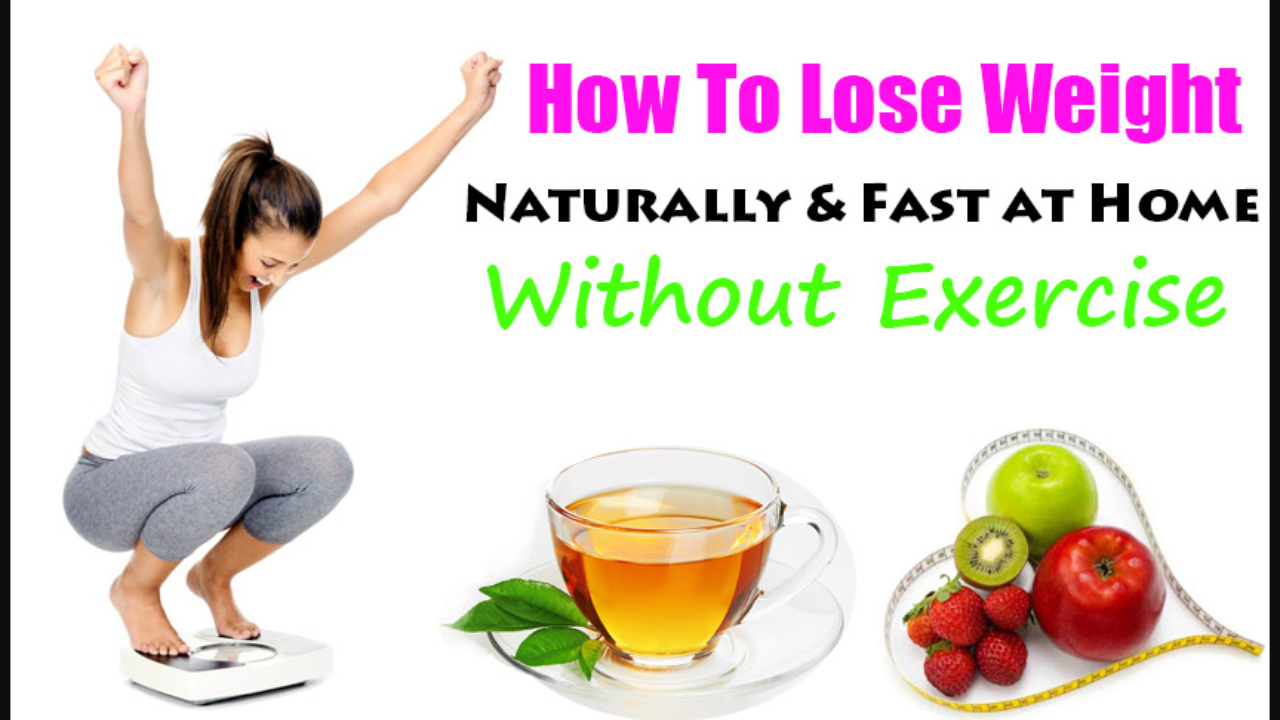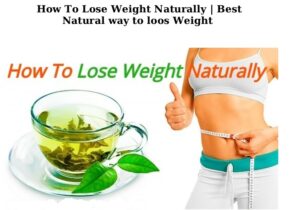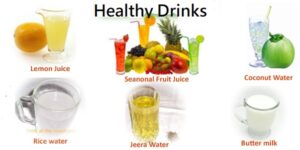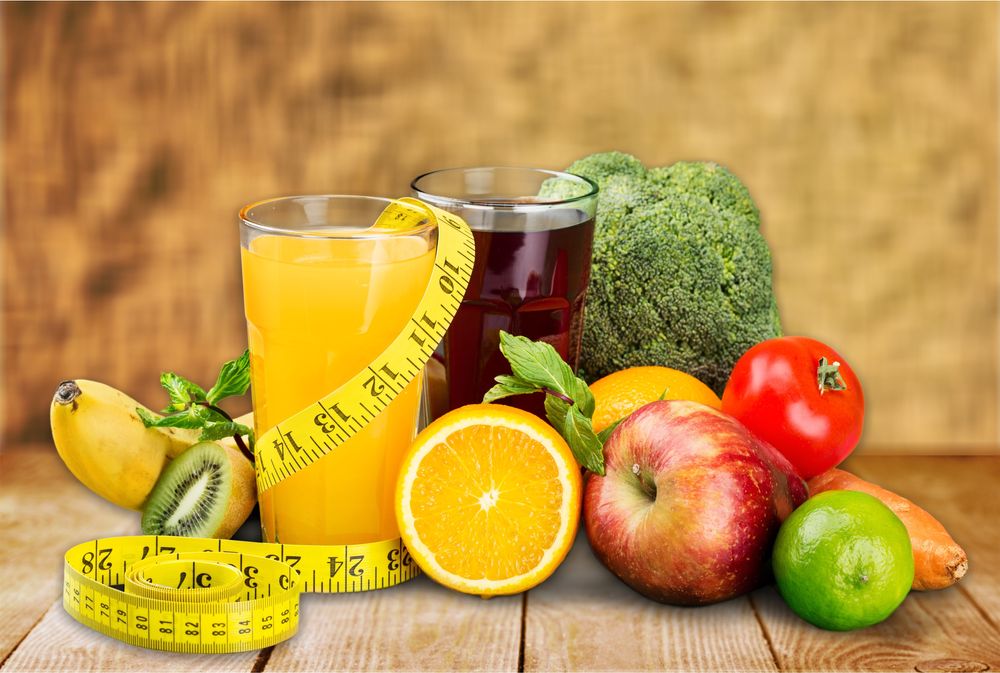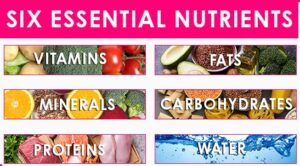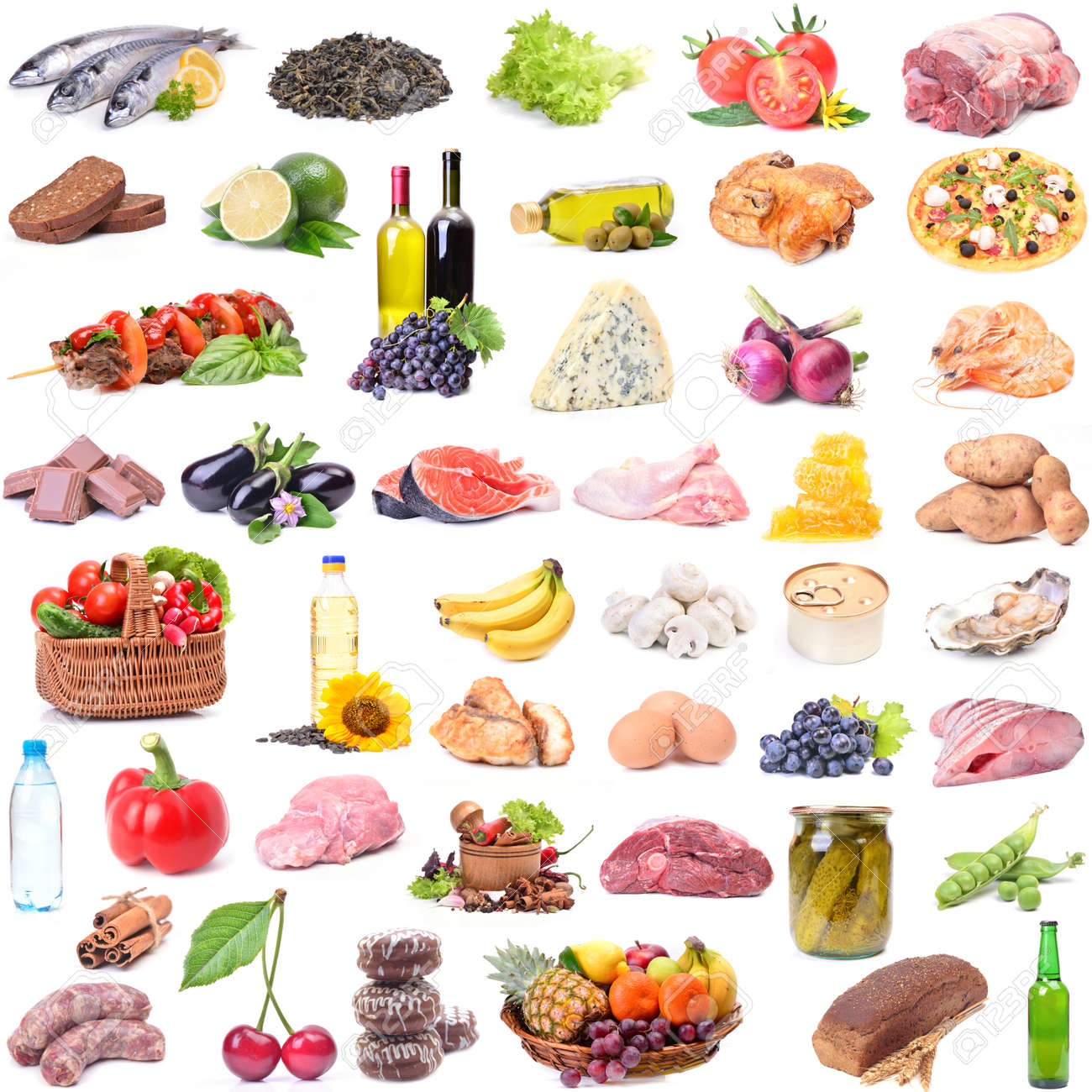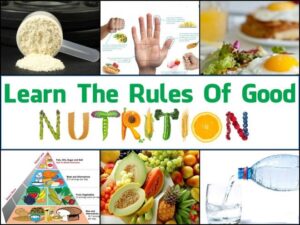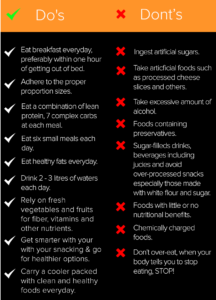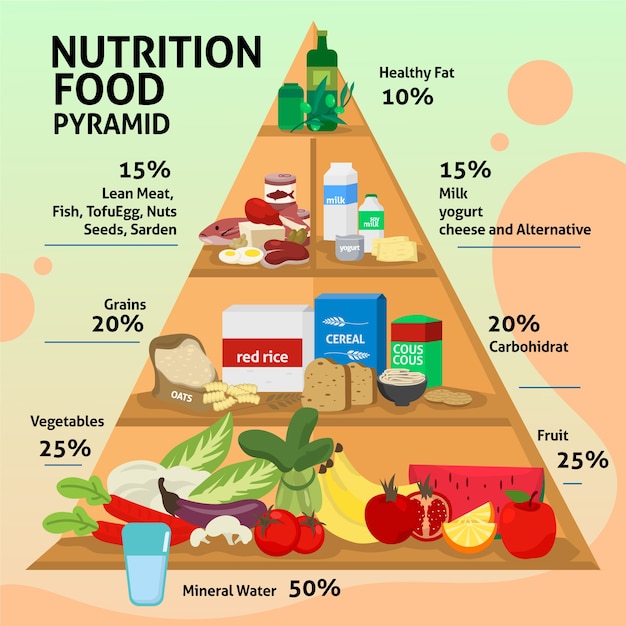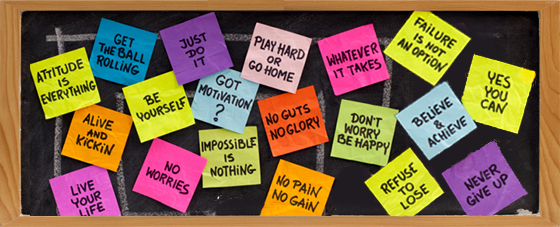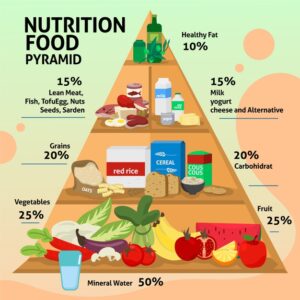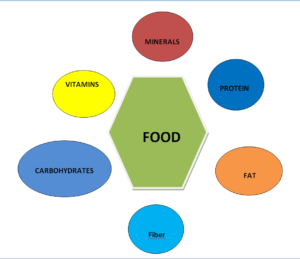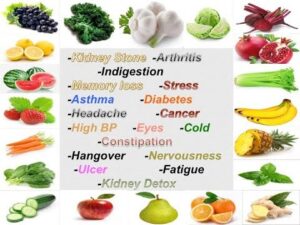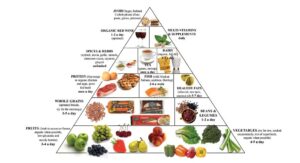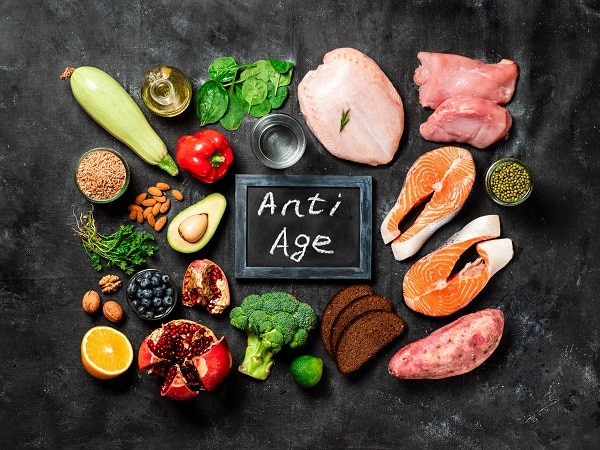
How to Look and feel younger I
There’s an overwhelming amount of health info out there in online events, blogs, articles, and more. And it all presents two very big problems that frustrate and even mislead many people. We have few tips for you as to How to look and feel young
One, so much of it is not evidence-based from sources you can trust.
Two, it causes serious confusion, because people are unclear on what steps to invest their precious time and energy in that will actually make the fastest and most powerful difference in their looks, health and life.
Think back for a second. Remember how you used to want to get older? As a teenager, you couldn’t wait for the freedom of your own apartment. In your 20s, you envied the self-assurance of your older peers. In your 30s, you figured that someday, when you weren’t so busy, you’d have a chance to enjoy the life you were shaping.
And now here you are. How did the years fly by? When did your body change? Where did you misplace your energy? Your optimism? Your glow?
But here’s the thing: You can steal back the youthful qualities you’re nostalgic for. All you need is daily few minutes for yourself.
There’s a lot of pressure in our society, especially on women, to age gracefully. But really, what does that even mean?! Aging at all is most definitely a privilege, and the accumulation of experience and wisdom should not be feared.
Now, here’s the great news. There are powerful non-surgery, non-drug, non-toxic steps you can take that – research shows – can slow and even reverse “the hands of time” in terms of how you look and feel – and even lengthen your life in the process!
In this blog, you’re about to discover the most effective of those ways. And I call them “habits” because, yes, that is ideally what you want to strive toward making each of these.
Now, overall, you’re going to detect a general trend with all of these habits that really is a simple tenet to live by if you want to look and feel your best and live long doing it:
They say aging is inevitable, but why not put it off until the last possible moment? We’ve put together our top BEST time-tested tips on how to look and feel younger starting today!
Looking younger is about taking care of yourself, inside and out.

Following tips will help get you on track.
Smile Wide –
Young, middle-aged, and older individuals studied thousands of photographs and were asked to guess the age of models with various facial expressions. Neutral expressions yielded the most accurate results, and fearful expressions made subjects look older; happy faces were rated as younger than they really were.
Eat Clean, Greens and Reds – Fill your plates with plants
A plant-based diet is rich in inflammation-fighting antioxidants. When combined with other lifestyle changes, like exercise and not smoking, this way of eating has been shown to lengthen telomeres, according to Harvard research. Compared with a meat-centered diet, plant-based eating offers far more fiber and antioxidants.
Vitamin K—
In kale and other green vegetables—helps your blood coagulate, reducing the impact of bruising. Lycopene in tomatoes gives the skin powerful protection against UV rays. Fruit and veggie consumption resulted in better skin complexion, according to a study.
Staying young and healthy is easier when you eat a healthy diet of mostly fruits and vegetables supplemented with lean protein and whole grains. These foods provide key nutrients that support healthy aging inside and out. Fruits & veggies also boost your intake of important phytonutrients that help defend against damaging free radicals.
Stay out of the sun to stay young-
Damage from the sun’s UVA and UVB ultraviolet light is linked to about 90% of the visible signs of aging. UV rays break down elastin, the tissue that gives skin its elasticity, resulting in a dull, saggy appearance, and they also cause uneven skin tone, wrinkles, and age spots. The damage may not show for years, so early prevention is critical.
Eat more fruits-
Sorbitol, which gives grapes, berries, plums, and pears their sweetness, is a humectant, a substance that attracts water when applied to the skin, helping it absorb and retain moisture.
Touch up your hair-
As we age, our hair color changes. It often becomes coarser in texture and drier. Heat styling can damage hair. Whether you have your hair washed at home or at a salon, use deep conditioning treatments regularly to combat dryness.
Cleanse and moisturize your face-
Cleansing and moisturizing help protect skin and keep it healthy; but banish regular soap, which can be drying for older skin. Instead, use a cleanser that gently washes without stripping skin of its natural moisture. Avoid skin toners, especially those with a stringent or alcohol base. Follow with a good moisturizer, morning and night.
Conceal your problem areas-
If you have a wrinkly neck or jowls, avoid tight-fitting or crew-neck tops, which squeeze skin upward. A shirt collar over a round-necked jersey is a better option. Wear dark-colored shirts if you have a large belly.
Give yourself a hand or two-
A study showed that people could accurately guess women’s ages by looking at their hands. Use a good hand cream frequently, preferably one that contains SPF for daytime. Brighten dull hands by exfoliating regularly: Mix sea salt with lemon juice and gently scrub into your hands with a soft toothbrush.
Wear less makeup-
Instead of heavy makeup, pick radiant hues that mimic the look of natural youth, says makeup artist. As we age our skin loosens and is not as taut as it once was, so the more makeup you apply, the more it can move, settle, and travel, Less makeup will adhere to mature skin much better so you stay looking fresh all day.

Boost your physical activity-
Make sure you’re active daily – recent research shows that vigorous exercise, particularly high-intensity interval training, can slow aging by almost a decade at a cellular level! Exercise also increases blood flow, moving oxygen and nutrients to work cells in the body – skin included – promoting a more youthful look.
Exercise 6 hours a week-
A study showed that regular exercise can slow the aging process. You’ll fend off muscle loss and sleep better when you exercise most days of the week. Combine cardiovascular exercise for the heart and lungs, resistance exercise for muscles, and stretching for flexibility.
Drink more water-
Our body is mostly water, and our skin is our body’s biggest organ—so we need to keep hydrated to avoid it looking dry and dull, and creating wrinkles. “The more hydrated you are, the more plump, subtle, and youthful your skin will appear,” says fitness and nutrition experts.
In addition, staying hydrated can improve energy levels and fight against cravings, which makes it easier to stay on target with your exercise goals and healthy eating habits.
Dress Smart not Shapeless-
Dress for the size you are, not the size you were—but hiding in big, baggy clothes isn’t flattering. Tailored, clean lines look sharper. It’s not about volume but the cut of a garment. It’s better to break free from hiding yourself in your clothing and stand tall and proud in well-fitting garments—not only will you look better but you’ll give yourself an emotional boost by allowing you to step into your star power.
Pick pants with Lycra-
A stretchy material may give your bottom a boost, but try on stretchy pants before buying. If you have a curvy body type, a bit of Lycra makes for a better fit. However, if pants with Lycra are too tight, it creates an unsightly ripple effect. If Lycra’s not working on the outside, try Lycra tights or a body-shaper underneath well-tailored pants.
Avoid tobacco products-
Smoking is one of the worst things you can do to your body and skin. Ditching tobacco is essential if you want to stay young-looking. Cigars and cigarettes reduce vitamin C in the body, leading to collagen breakdown and wrinkle formation.
Smoking also dehydrates the skin, giving smokers dry, dull complexions. And the repeated physical act of smoking leads to significantly more wrinkles around the mouth.
Seek out certain skincare ingredients-
No surprise—SPF protects against free radical damage from the sun’s UV radiation that leads to collagen breakdown, sagging skin, and wrinkles, says dermatologist Skin Care experts. But there are other game-changing skincare ingredients to look for, too.
Retinol and alpha-hydroxy acids (AHAs) can rejuvenate the skin and eliminate fine lines and wrinkles. Hyaluronic acid helps your skin retain moisture, which gives it a smooth, glowing look.
Notice your neckline-
Although the most flattering neckline depends on your face shape, hairstyle, neck shape and length, and your shoulder structure, one neckline, in particular, tends to be most flattering: A classic V-neck with a collar creates a linear line that makes us look taller and thinner, and the bit of a collar detracts from the appearance of an older neck while spotlighting our face,
Get plenty of Protein-
Your body needs a ready supply of protein available to build new collagen and elastin. You don’t need to eat like a bodybuilder. Just aim to eat a small amount of high-quality protein at every meal, like nonfat plain Greek yogurt at breakfast, beans or peas at lunch, a whey protein shake for a mid-day boost, and lean poultry or fish at dinner.
Consider Colors-
A pop of color can be fun and youthful, but it’s not necessary to wear it from head to toe. You can accent your outfit with a modern trend color, but you don’t want to look dated and old by holding on to a trendy colorway past its expiration date. It’s really not about age but about sophistication—classic neutral colors are always chic.
Take it easy-
Staying young means stressing less. Set aside a small chunk of time every day, about 10-20 minutes, to relax, meditate, or just breathe deeply, while letting worries melt away and helping yourself look younger naturally.
Accessorize-
Show your personality with fun accent pieces that don’t have an age or body type attached. If you opt for classic clothes, which are always chic, a dash of an interesting accent by way of an accessory will instantly keep the look modern and fresh so you maintain a relevant and youthful appearance,
Exercise your brain-
“Use it or lose it” is true when it comes to brain function. In the same way that physical exercise helps brain fitness by improving both long-term and episodic memory as well as concentration, brain exercises may be able to “train” your brain and keep cognitive decline at bay even up to 10 years later.
Keep fit with puzzles, Sudoku, learning new languages or skills, or playing an instrument – whatever gets your brain going.
Let go of stress and conflict-
Studies have shown stress actually ages your cells—but this aging can also be reversed with lifestyle changes that include stress management. When you reduce stress and conflict, you are turning off stress hormones such as adrenaline and cortisol, and activating endorphins, the natural pain killers in your body, which make everything about you more youthful.
Highlight your eyes-
When it comes to youthful eye makeup, try tips from experts and their signature move. You want to highlight the eyes using a cream or powder pearlescent champagne hue.
Apply it only under the eyebrows and on the inside corners of the eyes. For eye shadow, stick with lighter neutral hues like light brown, quartz, or taupe, and use a pearl or matte formula, not glitter or high shimmer.
Sleep on your back-
The way you sleep can affect the way wrinkles develop on your face. Just as when muscle movement against collagen, like laughing or frowning, can promote its breakdown, “sleep lines” can be formed through the nightly application of pressure as we lie with our faces against the pillow.
Sleeping on your back instead of on your stomach or sides alleviates pressure on the face, helping to prevent these wrinkles.
Load up on Antioxidants-
Antioxidants like vitamins A and C fight against free radicals, helping you maintain a younger appearance. When free radicals from diet or the environment threaten to damage skin cells, antioxidants fight against these compounds and protect skin cells.
Diets rich in antioxidants may help to fight against damage from the sun and the environment, and protect against inflammation that accelerates aging. Eat oranges, strawberries, blueberries, bell peppers, and spinach to reap these benefits.
Flaunt a natural pout-
Red lips look heavy and unnatural, but a more natural lip color adds a youthful glow. Plus, dark lipstick can “bleed” out of lips into lines around the mouth. Dark shades will make lips recede. Use a clear or flesh-color lip liner to seal in the color without getting that ring-around-the-lip look. Also, choose a gloss instead of a matte lipstick for more fullness and shine.
Cut down on sugar and salt-
A healthy, youthful body needs healthy nutrients—and to avoid unhealthy ones. Added sugars and excessive salt intake can increase inflammation in the body, which can accelerate the aging process.
Inflammation produces enzymes that break down collagen in the skin. The end result is accelerated wrinkling and sagging of the skin, leading to an aged appearance. One study found people with a high blood sugar level were perceived to be older; another found salt increased cell aging in overweight people.
Keep Companionship-
Having a partner in life, whether a spouse or even a companion animal, can have a positive effect on aging. Both can help lower stress, improve brain function, boost immunity and mood, and help us live longer. Consider it a testament to the power of love!
Strive for healthy relationships-
Letting go of toxic relationships and nurturing those that are healthy are good for your body as well as your mind. Research shows love releases the “feel-good hormone” oxytocin, which can lower blood pressure, and better blood flow leads to a more radiant appearance. Positive relationships nurture the positive energy in you. Love and appreciation from others make you happy, more relaxed, and more attractive.
Drink less alcohol-
As with sugar and salt, it’s best not to overindulge in alcohol because of its negative effects on the body—even at the cellular level, studies have found. “Alcohol can dehydrate skin and increase inflammation, both of which can accelerate aging and give skin a dry, wrinkled appearance. Although alcohol may have some health benefits, it’s best to drink in moderation, along with plenty of water.
Get strong with protein-
Our lean muscle mass is made up of protein, so getting enough in your diet can help build and maintain your muscles to keep fit. A loss of muscle can lead to a loss of strength and balance, accelerating the aging process. Less defined muscle on the body can also cause the appearance of looser, sagging skin, making you appear older than your biological age. Focus on plant protein rather than a lot of meat for a healthy diet.
Treat aging skin-
“Age spots” are really sun-damaged skin. “The key to removing age spots is to exfoliate the skin to remove the darkened areas. Lightening serums may work, and professional chemical peels or laser removal are options, too. People concerned about age-related spots should consult with their board-certified dermatologist on the best treatment for their case,
Take a pilates class-
Pilates will help you stand up straight instead of hunched over, and give you the energy to move about. Pilates can help to increase core strength and improve posture. “Holding your body more upright with improved posture improves balance, protects against falls and helps you look younger.
Get your beauty rest-
Beauty sleep is a real thing—your body needs the rest time (seven to nine hours) to rejuvenate and repair your body’s cells and get gorgeous overnight. You know lack of sleep causes puffy eyes and dark circles, but there are other effects, too.
Lack of sleep dries out your skin, making wrinkles deeper and more visible. Collagen production increases during sleep, preventing sagging, and blood flow increase so your complexion looks better and younger.
Be careful with Bangs-
You might think bangs hide forehead wrinkles, but that doesn’t mean they should be straight, full curtains across the face. Too often I see women with these awful, unflattering, boxy bangs that they have because they think it makes them look younger when it really just ages them further. If you have bangs that suit you, the bangs will bring out your facial features and distract you from your problem areas. A soft sweep across the forehead may be all that’s needed.
Going gray is OK-
Although coloring your hair may make you feel younger, don’t feel attached to it. For some women, upkeep becomes impossible and you actually look younger and fresher with a full head of gray or white natural hair with a gloss over it, rather than fully covered. It depends on maintenance and the time you are willing to spend.
Don’t act your age-
Mind wins over matter when it comes to aging because studies show that people who thrive in old age think younger. In fact, having a positive self-perception of aging can mean up to an additional 7.5 years in longevity, and those over 40 who remain positive feel up to 20% younger than their biological age.
Keep your hair loose-
Although a tight ponytail may give your face a little lift, ultimately softer, carefree hair provides a more youthful, undone look. If hair is regularly too coiffed, there is a definite feeling of, ‘I put a ton of effort into looking younger,’ versus something that is less tight, less uptight, and more casual with a feeling of effortlessness
Try home remedies for skin rejuvenation-
The old trick of cucumber slices on the eye—as well as other cool things like cold tea bags or sweet potato slices—constricts blood vessels and reduces eye puffiness.
Some other home remedies? “Cleaning your skin with lemon juice can lighten sunspots. Turmeric helps decrease free radical release. Try adding the spice to foods, or take an over-the-counter capsule.


:max_bytes(150000):strip_icc()/fatigue-symptoms-causes-diagnosis-and-treatment-4768481-v1-739a8adb0d6643efb6159799ebff84a9.jpg)





